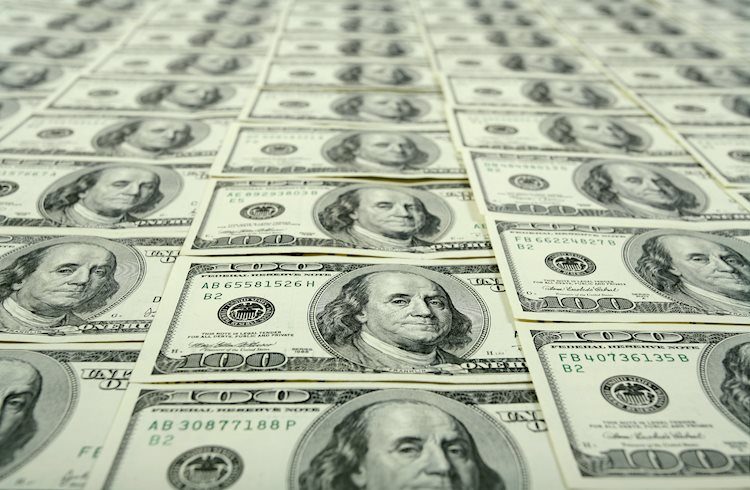The US Dollar Index (DXY) experienced a softening after the release of the US PCE data from August, with the headline PCE inflation falling below expectations. However, the core PCE inflation matched expectations. The focus now shifts to September’s labor market data as investors analyze incoming data to predict the next Fed decision. Meanwhile, the market is starting to scale back its Fed easing bets, with expectations for a total of 175 bps of easing over the next 12 months, down from 200 bps at the beginning of the week. Despite the decline in dovish bets, a 50 bps cut is still being priced in for the November meeting, which could further weaken the USD.
Consumer confidence in the US has improved in September, with the University of Michigan’s Consumer Sentiment Index rising to 70.1 from 66 in August. Additionally, the five-year inflation expectation held steady at 3.1%, indicating that consumers are not anticipating a significant rise in inflation in the coming years. The markets are showing mixed signals, with easing bets decreasing while the USD remains vulnerable to further declines due to technical indicators such as the RSI and MACD signaling bearish momentum. The resistance level for the DXY index stands at 101.00, limiting the potential upside for the US Dollar.
Central banks play a crucial role in maintaining price stability in a country or region by addressing issues of inflation or deflation. Key central banks like the US Federal Reserve, the European Central Bank, and the Bank of England aim to keep inflation close to 2%. These central banks use their benchmark policy rates to adjust inflation rates, either through monetary tightening or easing. The central banks are typically independent and have a policy board made up of members with varying views on how to control inflation and monetary policy, including ‘doves’ who advocate for a loose monetary policy and ‘hawks’ who favor higher rates.
Central bank policy meetings are led by a chairman or president who works to create a consensus between the hawks and doves on the policy decisions. The chairman delivers speeches and communicates the current monetary stance and outlook to the markets. Central banks strive to implement their monetary policies without causing drastic fluctuations in rates, equites, or currency values. Before a policy meeting, members are required to observe a blackout period where they refrain from speaking publicly to avoid influencing the market. Overall, central banks play a critical role in shaping economic policies and maintaining stability in the financial system.
In conclusion, the US Dollar Index has shown signs of weakness following the softer-than-expected PCE data release. The focus is now on upcoming labor market data and the market’s reaction to potential Fed decisions. Despite improved consumer sentiment in the US, the markets continue to show mixed signals, with easing bets fluctuating and the USD vulnerable to further declines. Central banks play a crucial role in maintaining price stability and controlling inflation through their policy rate adjustments. The debates between hawks and doves within central banks highlight the complexities involved in crafting effective monetary policies to address economic challenges. The chairman’s leadership and communication efforts are essential in guiding the markets and ensuring stability in the financial system.











